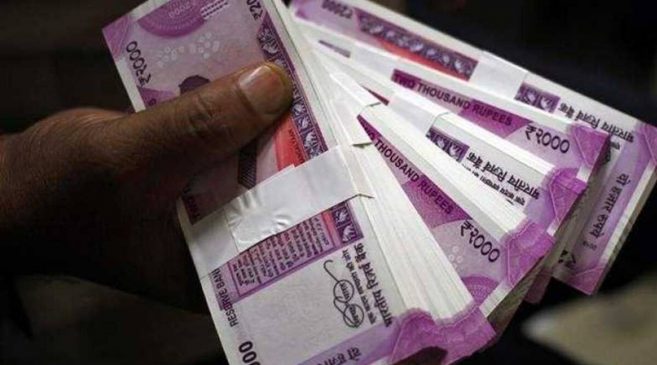You may, from time to time, be short of funds. You need money in your bank account, but don’t have a sufficient bank balance. How can you handle such a situation?
One product allows you to withdraw money from your bank account even when your account balance is zero. Yes, we are talking about the overdraft (OD) facility. An OD facility is offered by banks. It allows account holders to withdraw money from their accounts over and above the fund already available. Here’s a primer on the OD.
Read More: SBI WhatsApp Banking Service Launched: How to Check Account Balance, Get Mini Statement
Types of OD Facilities
An OD facility helps arrange funds as secured or unsecured loans. As secured loans, they are offered against various collateral such as fixed deposits. Financial institutions may also offer unsecured personal loans as an overdraft. ODs are subject to withdrawal limits — the amount any borrower is allowed to withdraw. This limit is set basis your income and credit credentials, as well as your relationship with the bank or financial institution. This limit varies from one borrower to another. An unsecured OD facility comes with a specified repayment tenure within which borrowers have the flexibility to withdraw and pre-pay the sanctioned OD any number of times. Interest on unsecured OD facilities depends on factors like the borrower’s credit score, sanctioned credit limit, repayment tenure etc.
OD facilities are also offered as secured loans with collateral such as OD against your FDs, life insurance policy, property mortgage, securities, gold etc. Interest in a secured OD facility depends on the type of collateral security and the ratio of loan to the value of the underlying collateral. For example, in OD against FD, banks usually charge interest of around 100 to 200 basis points over and above the interest offered in the FD account.
Read More: Not happy with your existing Aadhaar Card photo? Here is how to change your Aadhaar card picture
Interest And Charges
Interest on the overdraft amount is levied at a predefined rate. It is calculated daily and gets debited monthly. For example, if you have got an OD facility of Rs 1 lakh at 10% pa, and you withdraw Rs 10,000 and deposit the money back into the account after 20 days, the bank will charge you an interest of Rs 54.8 ((10% of Rs.10000) x 20/365), i.e., only for 20 days. The interest goes up if you default on the dues.
Banks usually don’t levy prepayment charges in secured OD facilities even if you pre-pay the entire amount back into the account. There is no fixed EMI or minimum repayment requirement in an OD account.
Charges for opening an OD account vary from bank to bank and depend on the type of OD facility you avail. Most banks don’t levy any processing charge for OD against bank FDs. On OD against securities like life policy, KVP, NSC, etc., the processing charges vary around .1% to 1% of the sanctioned credit limit (subject to a minimum charge per the bank’s terms and conditions). Banks may also impose pledge creation charges, de-pledge charges, stamp duty fees, etc.
How Does The OD Account Work?
OD facilities are usually linked to your savings/current accounts. Whenever you try to withdraw funds over and above the balance available in your bank account, the excess fund is automatically withdrawn from the approved OD account. Later, when you deposit a fund in your bank account, it is first adjusted from the deficit in the OD account and the excess fund is credited to your savings/current account.
When Should You Opt For An OD facility?
Adhil Shetty, CEO, Bankbazaar.com explains, “An overdraft facility can be highly useful as a line of credit for the short term. If you are into a profession where you often face a liquidity crunch due to erratic income, an OD facility can work like a liquidity bridge. Having an OD facility can work as a protection against financial emergencies. An OD account can help you overcome financial emergencies without disturbing your investments or disposing of your valuable assets.”
You must not use the OD account for non-essential spending. If you have an FD with the bank, having an OD against it can be a valuable tool to meet financial emergencies as you don’t have to pay any charges for availing of this facility. “Before availing of the facility of an unsecured OD or an OD against securities or other asset classes, you must check the charges levied by the bank for the same. Avoid putting up collateral bigger than the OD facility you need. Try to repay the interest accrued in the OD account regularly to avoid ballooning the outstanding amount over a period of time due to the compounding of interest,” Shetty adds.
An overdraft facility can truly help you when you need money but make sure to go through its advantages and disadvantages before you proceed.



































